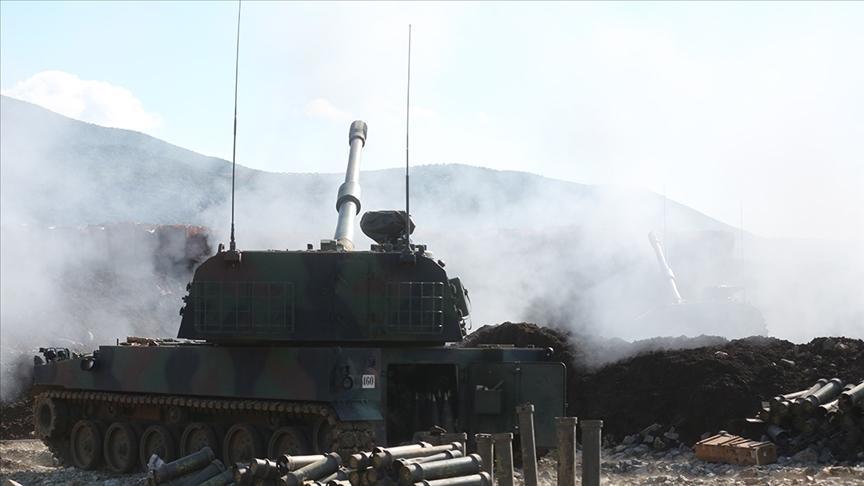Modernizing functioning of public governing in Lithuania
Everybody knows that the ICT is an important part of the economy. This sector generates 5 percent of European GDP with a market value amounting to 660 billion euros annually, and it also contributes far more to overall productivity growth.
Fully exploiting the potential of ICT, we can fundamentally modernize the functioning of public administration and develop more efficient public services. That is why Lithuania pays considerable attention to the ICT. Public procurement is one of the areas where we have achieved really good results in applying ICT. Currently, Lithuania is among the leading EU member states in this field. Talking about the EU public procurement volume, each year public authorities spend nearly 19 percent of the EU’s GDP on goods, services and works. Total public expenditure on public procurement creates a large share of economic activity – amounting to over 2 trillion euros per year. This money is spent by more than 250,000 contracting authorities in Europe.
The transposition of public procurement to electronic environment started in 2002 in Lithuania from the e-notification phase and step-by-step, is approaching end-to-end e-procurement. In 2009 the Law on Public Procurement obliged the contracting authorities and entities to ensure that e-procurement constitute at least 50 percent of the total value of all procurement. I would like to note that e-procurement in Lithuania means the publishing of contract notices, accessibility of contract documents and submission of tenders by electronic means.
Currently, the value of published e-procurement exceeds 90 percent. The fast growth of e-procurement in Lithuania demonstrates considerable benefits of electronic instruments. The analysis carried out by the Public Procurement Office demonstrates that procedures have become simplified, streamlined, more effective and transparent with small and medium-sized enterprises playing more active role and the competition increased.
The Central Public Procurement Information System is not a single instrument for e-procurement in Lithuania. The Electronic Catalogue CPO.lt was developed and officially opened by the Central Purchasing Body in 2007. The Central Purchasing Body concludes framework agreements for works, supplies or services intended for contracting authorities and on the basis of these framework agreements builds up its e-catalogue. The government obliged central contracting authorities to carry out procurements by using an e-catalogue in 2009. The mandatory requirements to use the e-catalogue for all contracting authorities entered into force this year. To conclude, we consider that all countries should seek possibilities to transpose the public procurement process, as well as other public administration procedures to the electronic environment, to create e-governments and fully exploit the opportunities created by ICT tools.
















